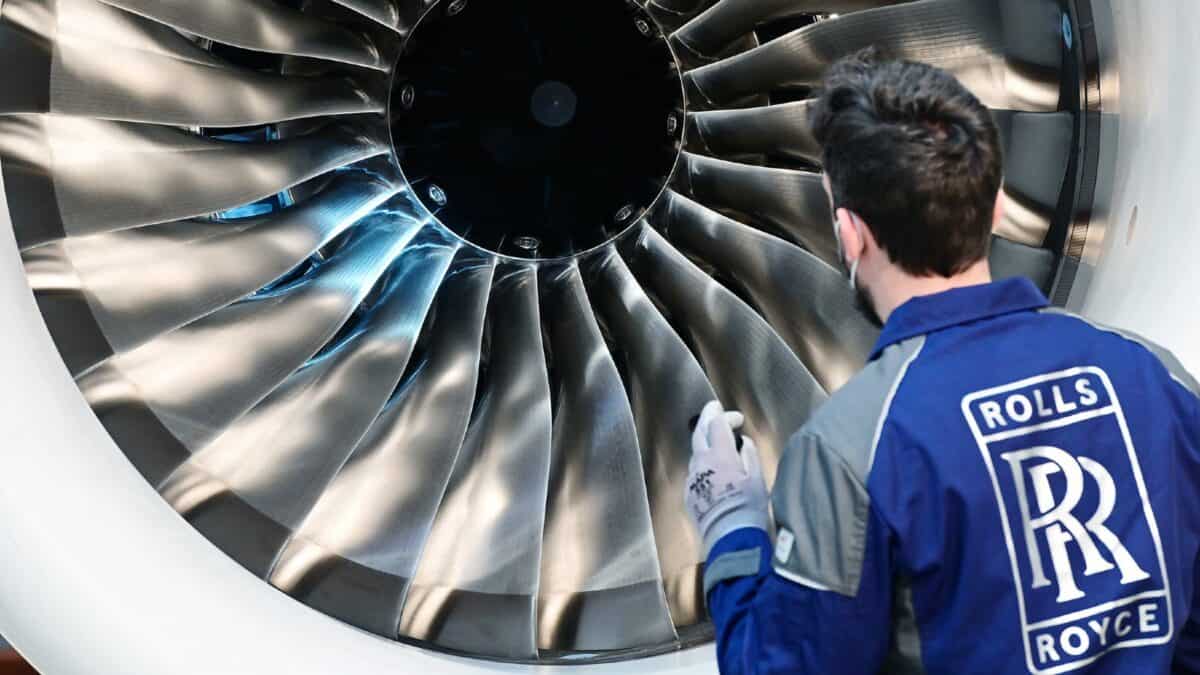The surging Rolls-Royce (LSE:RR) share price was undoubtedly the FTSE 100‘s investing story of the year. The engineering giant’s stock more than tripled in value as new CEO Tufan Erginbilgiç guided the firm in a new, leaner direction. So, when will the rally end?
Not so bullish
Don’t get me wrong, there have been doubting voices over the past 24 months. Many brokerages and analysts thought Rolls-Royce was down and out when the share price slumped to 60p. Of course, they were wrong, and the company has gone from strength to strength, beating analysts expectations throughout 2023.
Nonetheless, several organisations, including UBS, were very bullish, with the Swiss bank indicating that the share price could go as high as £6. It’s not that analysts are necessarily lowering their expectations for Rolls-Royce, it’s that the share price is getting close to or surpassing their target prices.
Rolls currently has an average share price target for £3.56 — that’s 44p or 16.2% above the share price at the time of writing on 16 February. Obviously, that’s still encouraging.
There are some dissenting voices, however. Berenberg has maintained its target price at £2.40 despite the share price surging above £3. The brokerage suggested in January that any growth or further catalysts were already priced in.
Metrics less convincing
Rolls-Royce certainly doesn’t look bad value, but the metrics are no longer as convincing as they once were. That’s because, as the share price rises but earnings forecasts remain the same, valuation metrics become less attractive.
Rolls-Royce is currently trading at 34.5 times forward earnings. These are forecasted earnings and the company will be announcing full-year results on 22 February 2024. That’s certainly not cheap compared to the FTSE 100.
However, companies that are expected to grow year on year often trade at a premium. Looking forward over the next five years, earnings are expected to grow at 16.6%. That’s an exceptionally fast pace of growth, and it’s likely to be driven by all parts of the business — civil aviation, power systems, and defence.
In turn, we’re now looking at a price-to-earnings growth ratio around two. This doesn’t suggest that Rolls-Royce is undervalued. Nonetheless, it’s horses for courses. Engineering companies aren’t cheap.
| Price-to-earnings | Rolls-Royce | GE | RTX Corp |
| 2023 | 34.5 | 30.7 | 16.8 |
| 2024 | 26.3 | 23.6 | 14.9 |
| 2025 | 30.2 | 19.3 | 13.4 |
| 2026 | 25.2 | 17.1 | 13 |
The bottom line
Rolls-Royce is starting to look a little more expensive than its peers, but arguably it’s in prime position to dominate the civil aviation space with its next generation of ultra-efficient engines. There are other boosts too, including surging demand for defence products — it’s hard to understate the significance of Japan and Germany’s defence supports.
Personally, I’m holding my shares in Rolls-Royce. If I did have the capital available, I’d possibly buy more. And that’s based on my long-term forecasts for the company, including capacity to capitalise on demand for 8,000 new wide-body aircraft engines over the next two decades.







